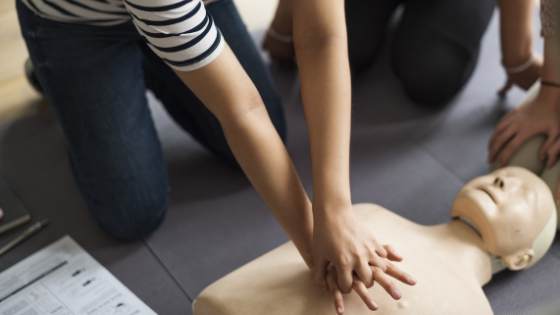What to Expect During your CPR Certification Course

A CPR (Cardiopulmonary Resuscitation) certification course is an essential training for anyone who wants to be prepared to handle emergency situations involving cardiac arrest or respiratory distress. Whether you’re a healthcare professional, a teacher, or simply a concerned citizen, understanding what to expect during this course can help you be more prepared and confident. This article provides a detailed overview of what you can expect during your CPR CPR Trainer certification course, from the structure of the classes to the practical skills you’ll acquire.
Course Structure
Typically, a CPR certification course spans several hours to a full day, depending on the provider and the level of certification you’re pursuing. Courses are often offered in various formats, including in-person, online, or a blend of both. In-person classes usually involve hands-on practice with mannequins and real-time feedback from instructors, while online courses might offer interactive modules and virtual simulations. Regardless of the format, expect to spend time learning both the theoretical and practical aspects of CPR.
Educational Content
The course begins with an introduction to the basics of CPR, including the importance of immediate intervention in emergencies. You will learn about the human respiratory and circulatory systems, which are crucial for understanding how CPR works. Instruction will cover the signs of cardiac arrest and respiratory failure, and you’ll be educated on how to assess a victim’s condition and determine when CPR is needed. Key concepts include the differences between adult, child, and infant CPR, as well as the use of Automated External Defibrillators (AEDs).
Hands-On Practice
A significant portion of the CPR certification course is dedicated to practical, hands-on training. You’ll practice chest compressions, rescue breaths, and the correct techniques for using an AED. Instructors will guide you through various scenarios to ensure you can perform these skills effectively. Expect to work with CPR mannequins to simulate real-life emergencies. These practice sessions are designed to build muscle memory and confidence, ensuring you can act swiftly and correctly if faced with an actual emergency.
Evaluation and Testing
At the end of the course, you’ll undergo an evaluation to test your knowledge and practical skills. This typically includes a written test covering the theoretical aspects of CPR and a practical exam where you demonstrate your ability to perform CPR correctly. The testing process helps ensure that you have absorbed the material and can apply it effectively in an emergency situation. Some courses may offer immediate feedback, while others may require a separate assessment period.
Certification
Upon successfully completing the course and passing the evaluations, you will receive a CPR certification card. This certification is often valid for two years, after which you will need to renew it to maintain your skills and knowledge. The card serves as proof of your training and can be crucial for various professions or volunteer roles that require CPR certification. Ensure you keep your certification up-to-date and consider taking refresher courses as needed.
Additional Resources
Many CPR certification courses also provide additional resources to help you stay informed and prepared. These might include access to online materials, refresher courses, and community support networks. Some programs offer ongoing updates on best practices and changes in guidelines, ensuring that your knowledge remains current and relevant.
Conclusion
Enrolling in a CPR certification course is a proactive step toward being prepared for emergencies. By understanding the course structure, content, and what to expect in terms of practice and evaluation, you’ll be better equipped to handle critical situations with confidence. The skills and knowledge gained from this course are invaluable, not only for personal safety but also for the safety of others in your community. Remember, the ability to perform CPR effectively can make a life-saving difference in emergency situations.